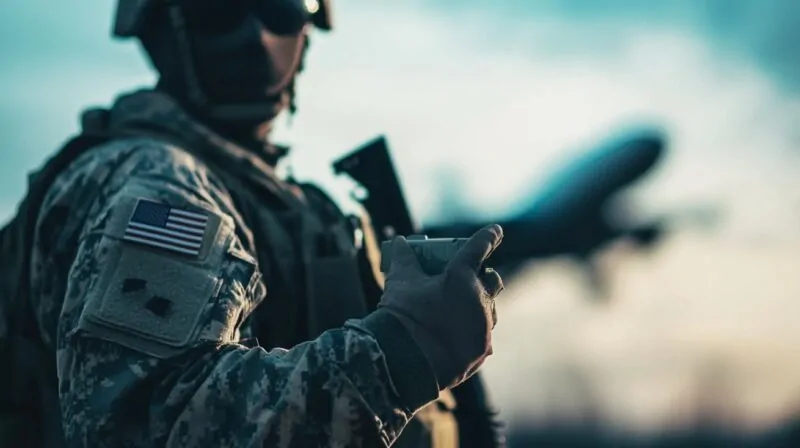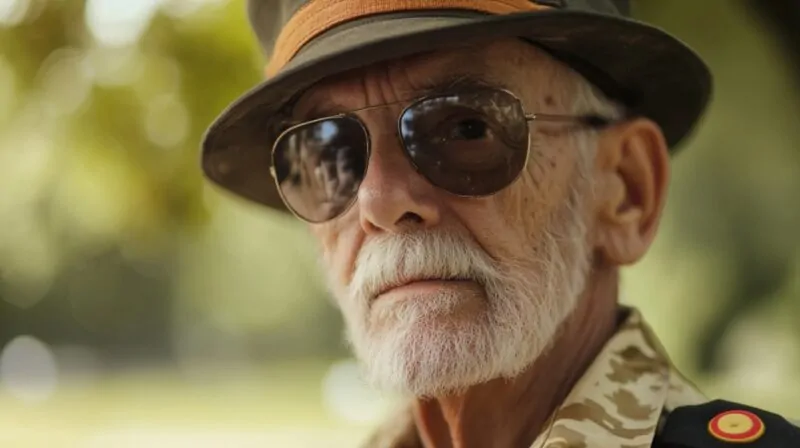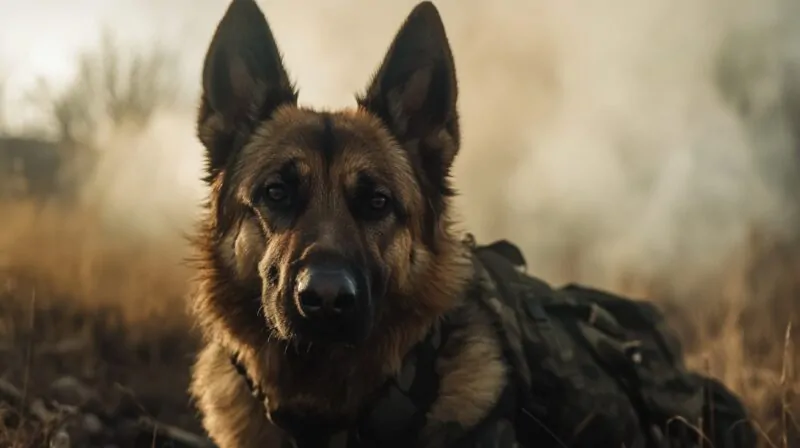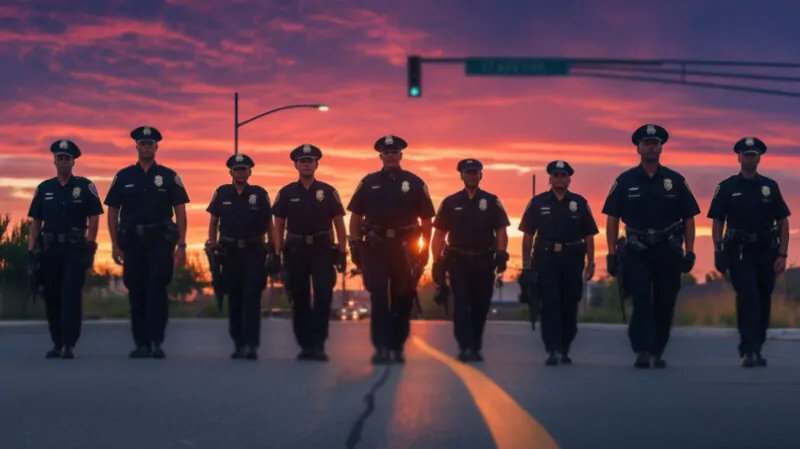Elite U.S. Army special operations forces represent some of the most skilled, disciplined, and mission-focused units within the military. Among these, the Army Rangers and Green Berets often capture attention for their:
- Capabilities
- Missions
- Cultural significance
Being fully aware of the distinctions and similarities between these two groups helps both potential recruits and civilians gain a more accurate perception of their roles within modern warfare.
Let us talk about the differences between these in greater detail.
Table of Contents
ToggleMission Profiles and Core Responsibilities
| Feature | Green Berets | Army Rangers |
|---|---|---|
| Mission Type | Unconventional Warfare, Foreign Training | Direct Action, Rapid Assault |
| Unit Size | 12-Man Teams | Regiment-Level |
| Training Duration | 1–2 Years (SFQC) | ~4 Months (RASP + Ranger School) |
| Entry Requirements | 3 Years Service, E-3 Rank | Open to All Enlisted |
| Equipment Style | Adaptive, Multi-environment | Precision Gear for Assaults |
| Leadership Style | Decentralized, Autonomous | Structured, Cohesive |
Army Rangers execute swift and aggressive combat missions, while Green Berets focus on unconventional warfare tactics that require long-term presence and strategic finesse.
Here are the main details:
Green Berets
On April 11, 1962, JFK officially authorized the Green Beret for U.S. Army Special Forces, calling it “a symbol of excellence…a badge of courage.” It became the mark of America’s elite warriors. #GreenBeret #SpecialForces #MilitaryHistory #TipOfTheSpear #Army pic.twitter.com/8DCys5GWFf
— GreenBeretFoundation (@GreenBeretFound) April 11, 2025
Green Berets specialize in long-duration operations requiring discretion, cultural awareness, and an ability to work without extensive support.
Missions often occur in politically delicate areas where subtle influence outperforms overt confrontation.
Objectives typically include training allied forces, stabilizing volatile regions, and building partnerships that extend U.S. strategic reach.
- Training foreign military units (foreign internal defense)
- Supporting insurgencies or counterinsurgency efforts
- Conducting reconnaissance in denied or hostile areas
- Executing counter-terrorism missions
- Leading hostage rescue and recovery operations
Success depends on attributes that include:
- Language proficiency tailored to operational regions
- Adaptability to shifting political or tribal dynamics
- Long-term presence embedded within local populations
- Trust-building with local leadership and partner forces
- Ability to operate independently in remote, unsupported conditions
Rather than quick victories, outcomes are measured in regional influence, leadership development, and enhanced capabilities of host-nation forces.
Army Rangers
It’s Day One of the #PatriotChallenge. If you haven’t joined #TeamUSARA yet, visit https://t.co/hhaf6RycY6 and knock out some elevated push ups, Ranger!
*
*
*
*#USARA #USArmyRangerAssociation #USArmyRangers #Patriotchallenge #2022PatriotChallenge #RLTW #FitnessFebruary pic.twitter.com/z5JFFuExQO— US Army Ranger Assoc (@RangerAssoc) February 1, 2022
Army Rangers execute missions designed for rapid results and direct engagement with hostile forces.
Operations focus on overwhelming speed, tight coordination, and mission execution under tight time constraints.
Forces are deployed to seize critical targets, dismantle enemy strongholds, or eliminate high-value threats before the opposition can regroup or retreat.
- Conducting direct-action raids and assaults
- Seizing and controlling airfields or key infrastructure
- Rescuing personnel in high-threat environments
- Neutralizing high-value targets during precision strikes
- Supporting large-scale conventional forces during initial invasion phases
Operational efficiency relies on:
- Rapid deployment capability, often within hours
- Highly synchronized teamwork and communications
- Advanced weapons training and tactical movement
- Physical endurance under sustained combat pressure
- Execution of plans with minimal margin for error
Unlike forces focused on influence and indirect action, Rangers bring intense, short-term force where immediate impact is required, often initiating or concluding engagements swiftly.
Unit Structure and Size
Green Berets operate in tightly knit 12-man teams known as Operational Detachment Alphas (ODAs).
Each team is engineered for autonomy and agility, often deployed in remote or politically sensitive regions where larger forces would draw too much attention or create diplomatic complications.
ODAs are capable of conducting independent missions with minimal oversight, thanks to the diverse skills of their members. Every individual holds a specific role, contributing to a balanced and mission-ready unit.+
These roles include:
| Role | Primary Responsibilities |
|---|---|
| Weapons Sergeant | Trains foreign forces in small arms and heavy weapons; manages the team’s overall firepower. |
| Engineer Sergeant | Handles demolitions, construction, and field fortifications for sabotage or support tasks. |
| Medical Sergeant | Provides trauma care, preventative medicine, and medical training to allied personnel. |
| Communications Sergeant | Maintains secure and reliable communications using advanced radio and satellite systems. |
| Team Leader (Captain) | Commands the ODA and oversees coordination with higher command and foreign partners. |
Rangers are part of the 75th Ranger Regiment, one of the most structured and heavily resourced units within the U.S. Army. Designed for rapid deployment and coordinated large-force engagements, the regiment consists of several battalions that can field hundreds of highly trained soldiers.
Precision in movement and clarity in command are hallmarks of their operations.
- Regimental Headquarters: Provides strategic oversight, logistics coordination, and mission planning.
- Battalions: Each of the three Ranger battalions contains several companies capable of deploying on short notice.
- Companies and Platoons: These elements execute tactical objectives with speed and cohesion, often serving as the spearhead in combat operations.
Operational efficiency within both units depends heavily on their structure. Green Berets rely on specialized independence. Rangers excel through disciplined coordination.
Training and Selection Process
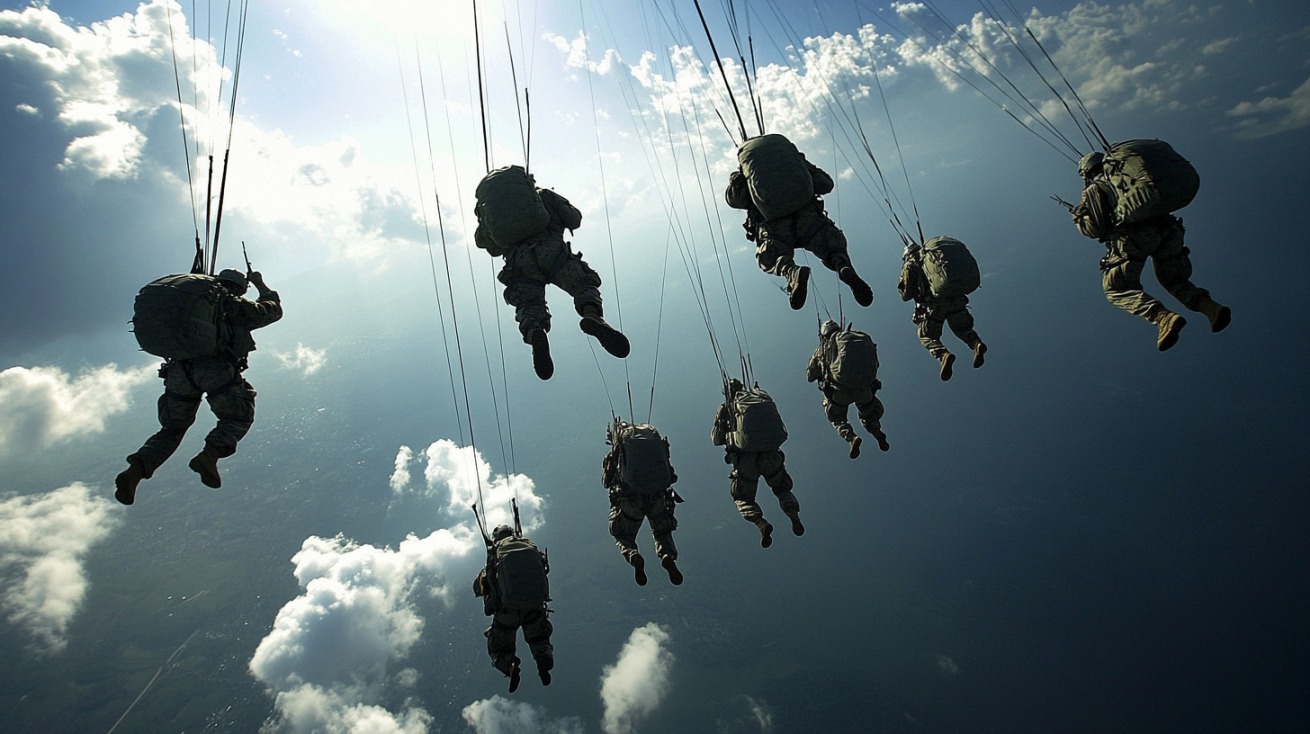
Elite status in the U.S. Army is not simply claimed, it is earned through one of the most demanding training pipelines in existence.
Candidates vying to become Green Berets or Army Rangers face distinct challenges that push physical, mental, and emotional boundaries.
Green Berets
Only experienced soldiers are allowed to attempt Green Beret training. Minimum requirements ensure that only those who have already demonstrated discipline, loyalty, and performance can apply.
- Minimum of three years of military service
- Must hold a minimum rank of E-3
- Entry into the Special Forces Qualification Course (SFQC)
SFQC spans 1 to 2 years and includes multiple progressive phases, each crafted to shape soldiers into adaptable, strategic operators.
- Small Unit Tactics – mastering movement and engagement within a small team
- Language Acquisition – tailored language instruction based on future mission regions
- Survival, Evasion, Resistance, and Escape (SERE) – training to operate under capture risk
- Military Occupational Specialty (MOS) training – skills in weapons, engineering, medicine, or communications
Robin Sage, the final test, simulates guerrilla warfare and resistance leadership. Language and regional training are not optional, they are essential for missions involving close interaction with foreign nationals.
Rangers
In contrast, the path to becoming a Ranger is available to new recruits and current enlisted personnel.
- Open to new enlistees and active-duty soldiers
- Must complete the Ranger Assessment and Selection Program (RASP)
RASP filters out those who cannot meet the physical and ethical standards demanded by the regiment. It includes strenuous tests and evaluations, covering everything from ruck marches to psychological assessments.
After RASP, candidates attend:
Ranger School – a 61-day crucible of leadership and physical trials
Ranger School evaluates how soldiers perform under extreme exhaustion, pressure, and deprivation.
Candidates must demonstrate decision-making in field conditions and lead teams through simulated combat scenarios.
- Continuous sleep and food deprivation
- Extended field operations with shifting objectives
- Peer and instructor evaluations on leadership, integrity, and adaptability
Only those who maintain their standards under these conditions earn the coveted Ranger tab.
Every mile hiked, every obstacle crossed, and every sleepless night brings them closer to being part of one of the most respected combat forces in the world.
Operational Style and Philosophy

Combat effectiveness depends not only on training and gear but also on mindset and operational philosophy. Green Berets and Army Rangers represent two elite paths shaped by fundamentally different approaches to warfare.
Their operational identities reflect distinct values and mission goals, shaping how they move, think, and fight.
Key elements of their styles can be seen through their behavior on the battlefield, decision-making models, and mission outcomes.
Green Berets
Strategic influence, autonomy, and cultural adaptation define how Green Berets operate. Missions are often conducted in politically sensitive or remote environments where visibility must be kept low, and success depends on more than firepower.
Patience and long-term thinking drive their efforts, often in alliance with foreign forces or local militias.
Instead of seeking immediate confrontation, they work behind the scenes, building networks, advising local leaders, and training foreign units to become self-sustaining. Combat readiness is essential, but the priority lies in shaping outcomes rather than dominating terrain.
- Autonomy in small teams: 12-man Operational Detachment Alphas (ODAs) operate independently with minimal support.
- Cultural and linguistic integration: Language proficiency and social awareness help build trust in host communities.
- Strategic patience: Missions may last months or even years, requiring sustained influence and adaptability.
- Stealth and discretion: Remaining unnoticed can be more valuable than defeating an enemy outright.
Green Berets rely on initiative and tactical creativity. They must often make decisions without higher command oversight, requiring judgment that balances mission goals with complex local dynamics.
Rangers
Ranger operations are driven by structure, discipline, and sheer momentum.
Missions demand swift movement, aggressive posture, and precise execution under intense conditions. Every action is rehearsed, refined, and timed for maximum impact.
Rather than engaging in prolonged campaigns, Rangers are called in to strike fast and leave no doubt.
- Standardized unit cohesion: Large, organized elements function with tightly controlled communication and hierarchy.
- Speed and aggression: Movement is constant, and hesitation is replaced with action.
- Detail-oriented planning: Every operation is mapped out in layers, with contingencies built into every phase.
- Psychological dominance: Shock and awe play a tactical role in overwhelming opponents quickly.
Coordination is essential, as is every soldier’s ability to perform their function with machine-like precision.
The Bottom Line
Green Berets and Army Rangers serve distinct yet complementary roles in modern military operations.
Each unit brings specialized training, philosophy, and mission capability to the field. Questions about which is superior miss the point, success depends on matching the right force to the right objective.
When the need calls for building alliances and engaging in shadow warfare, Green Berets step forward. Both embody courage, excellence, and unwavering commitment to national security.
Related Posts:
- Global Overview - Which Countries Have Laser Weapons…
- What Does 1B4X1 Stand For? An Inside Look at Cyber…
- How Much Does a Modern Soldier’s Gear Cost? Breaking…
- How Much Does a Submarine Cost? Prices and Factors
- How Many Navy Fleets Does the US Have in 2025?
- How Much Does Military Service Add To Social Security?


